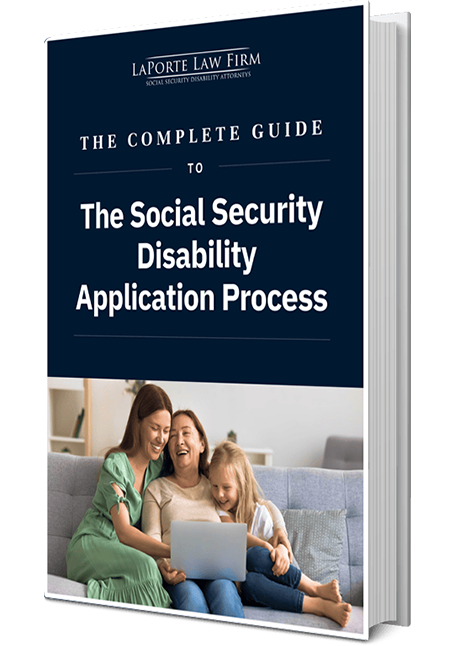The Social Security Administration has released information about the changes that are coming in 2020. Each year, the Social Security Administration must make changes that are tied to inflation. Here are the five most important things you need to know as we look forward to 2020.
- Cost-of-Living Increase in Benefits
- Maximum Taxable Earnings
- Changes to the SGA Standard
- Trial Work Period Changes
- Quarter of Coverage Increase
On October 10, the Social Security Administration announced that Social Security and Supplemental Security Income (SSI) benefit recipients will be getting a 1.6% increase in their benefits next year. This 1.6% increase is a cost-of-living adjustment that will begin with benefits payable in January 2020.
The purpose of the cost-of-living adjustment is to ensure that the purchasing power of benefits is not eroded by inflation. Every year, the Social Security Administration makes automatic, annual cost-of-living allowances. On average, the cost-of-living adjustment has been 1.4%. Last year, the increase was more generous at a 2.8% increase. But in some years, including in 2009, 2010, and 2015, recipients did not receive a cost-of-living increase.
So, what does this mean for the average recipient? In the U.S. as a whole, the average disabled worker receives $1,236.00 a month. This means that a 1.6% increase will lead to an increase of a little under $20 a month. It should be noted that benefits for disabled California SSDI recipients are higher than the national numbers.
How the Increase Affects the Maximum Retirement Benefits
This adjustment will increase the maximum retirement benefit, currently at $2,861 per month. The new maximum retirement benefit a person can receive has been increased by about $150 per month, to $3,011 for someone who retires at full retirement age in 2020.
FICA taxes are what your employer deducts from your pay for Social Security and Medicare. Employers and employees pay 6.2% of their wages to support Social Security.
In 2019, the portion of the payroll tax that funds Social Security applies to the first $132,900 of gross earnings. A 1.6% increase will boost the maximum taxable wages by about $4,800 a year to roughly $137,7000 in 2020.
While this increase will affect FICA taxes, it does not affect income tax rates for current SSDI benefits.. Social Security checks get a 1.6% increase but tax rates on income will stay the same. If you earn at least $25,000 individually or $32,000 as a couple filing jointly, your Social Security benefits could be subject to taxes.
To be eligible for disability benefits, the Social Security Administration must first make a finding that a claimant is unable to engage in Substantial Gainful Activity (“SGA”). A person who earns more than a certain monthly amount is considered to be engaging in SGA. This set monthly amount is determined each year by the Social Security Administration. The Social Security Act specifies a higher SGA amount for blind individuals as opposed to all other disabled claimants.
This year, the Social Security Administration set the SGA for blind individuals at $2,040. For non-blind individuals, the amount is set at $1,220. In 2020, there will be an increase for both blind and non-blind individuals. In 2020, the monthly SGA amount for statutorily blind individuals is $2,110. For all other individuals, the monthly SGA amount will be $1,260.
After a person becomes eligible for disability benefits, that person may still attempt to return to the workforce. This is called a nine-month “trial work period” where a beneficiary may have earnings and still collect their social security disability benefits. The Social Security Administration will not consider the services period during the trial work period as showing that the beneficiary’s disability has ended until services have been performed in at least nine months (not necessarily consecutive) in a rolling 60-month period.
To be considered a “month of services” for an individual’s trial work period, SSA sets a monthly earning amount. In 2019, any month in which earnings exceed $880 is considered a month of services for an individual’s trial work period. In 2020, the monthly amount will increase to $910.
To qualify for Social Security retirement benefits, you must earn 40 Social Security “quarters of coverage.” The quarters of coverage is a means of determining whether a worker is insured under the Social Security program. Most Social Security disability recipients have an additional requirement of showing that their disability began within a time period within five years (or less) of the quarter they last paid FICA tax from a paycheck.
Each year, the amount of earnings needed for a quarter of coverages automatically changes due to changes in the national average wage index. In 2019, one credit translated to $1,360 in earnings. In 2020, the quarter of coverage amount will be $1,410.
Each year, the amount of earnings needed for a quarter of coverages automatically changes due to changes in the national average wage index. In 2019, one credit translated to $1,360 in earnings. In 2020, the quarter of coverage amount will be $1,410.















